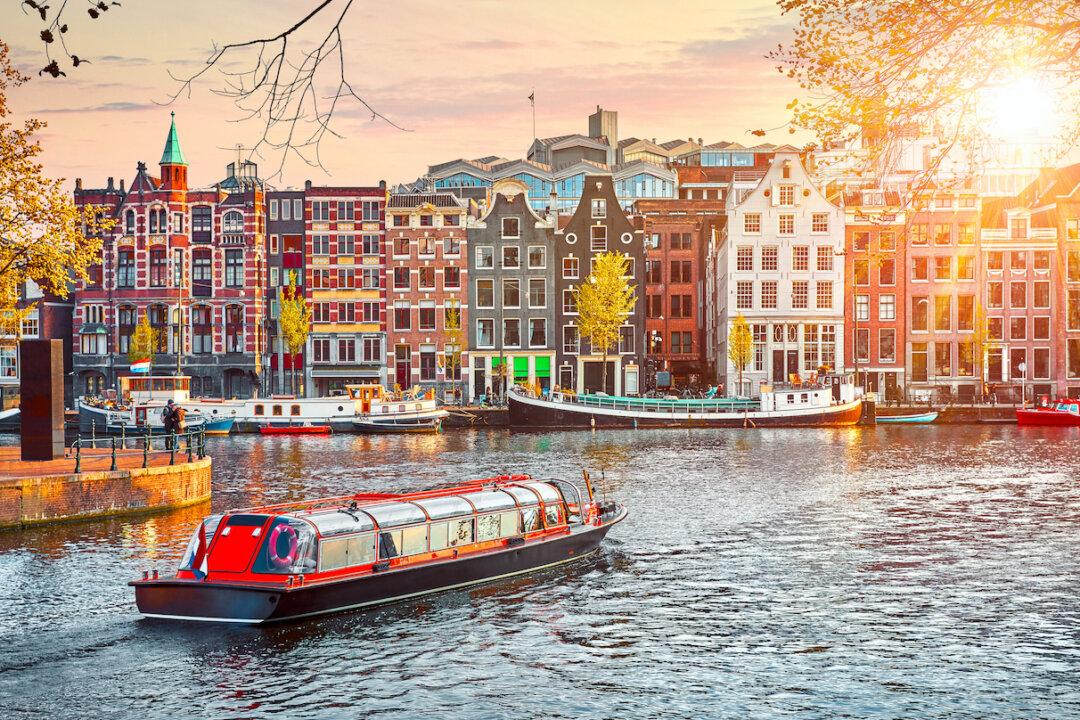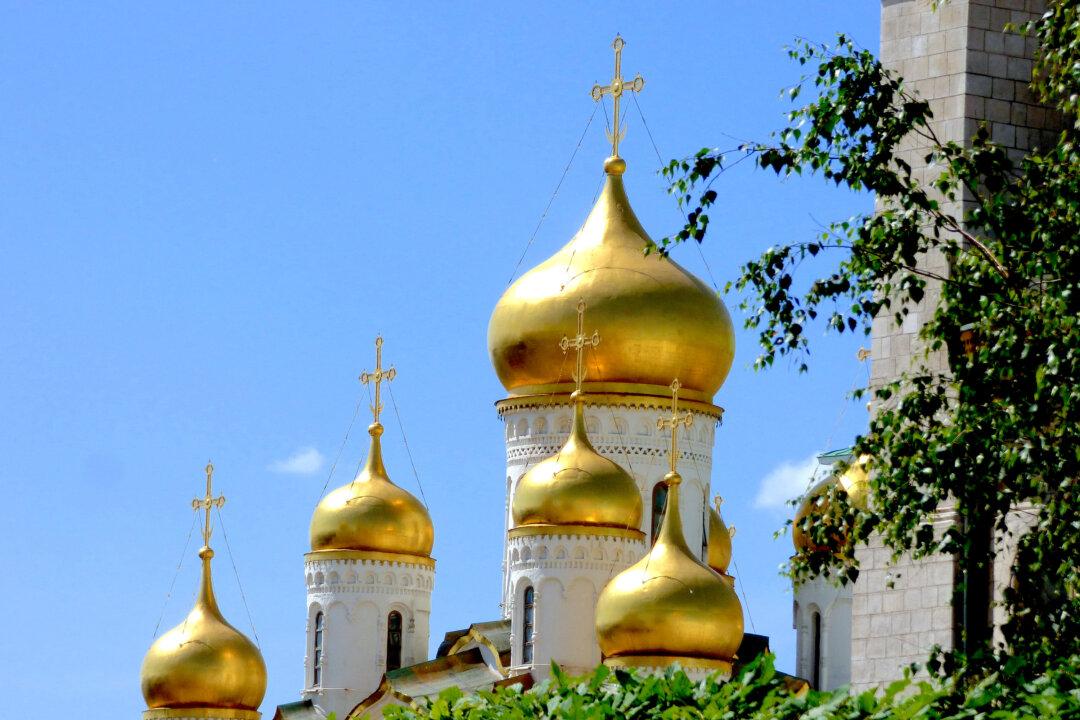Rhodesia, named after British imperialist Cecil John Rhodes and once dubbed “The Jewel of Africa,” is no more. In its place is Zimbabwe, a land-locked country in south-central Africa bordered by South Africa, Botswana, Zambia, Mozambique, and Namibia.
The Zimbabwe people—made up of two major tribes, the Shona and Ndebele—are exceedingly friendly and good-natured, and have a long history of art and music.
Wood and stone carvings by local craftsman, as well as the colourful patterns printed on fabrics that they produce, are of the highest quality. Sold along the road or at sightseeing stops, one would not be remiss in taking an empty suitcase to carry home these affordable works of art when travelling to Zim (Zimbabwe’s nickname). Bargaining is expected but the prices are so reasonable that it is more a good-natured exchange than a serious negotiation.
We got another taste of Zimbabwe’s awesome talent with a musical performance one night. I was enchanted by the high-stepping energy and breathtaking moves of the dancers to the pounding music performed by a local group called Jeys Marabini. They followed singer Gemma Griffith, a local popular recording songstress who delighted the audience with her original sound.
But it was the heart-thumping dance by the Mbende/Jerusarema that really knocked our socks off. The original dance was a fertility/courtship dance performed by men and women interacting with each other to the beat of drums and clappers. Because of the erotic nature of the dance it was banned under colonial rule, but it is an integral part of the culture and thankfully has been preserved. It is now a source of delight to all who experience it in its original form.
|Updated:
The Zimbabwe people are exceedingly friendly and good-natured, and have a long history of art and music.




